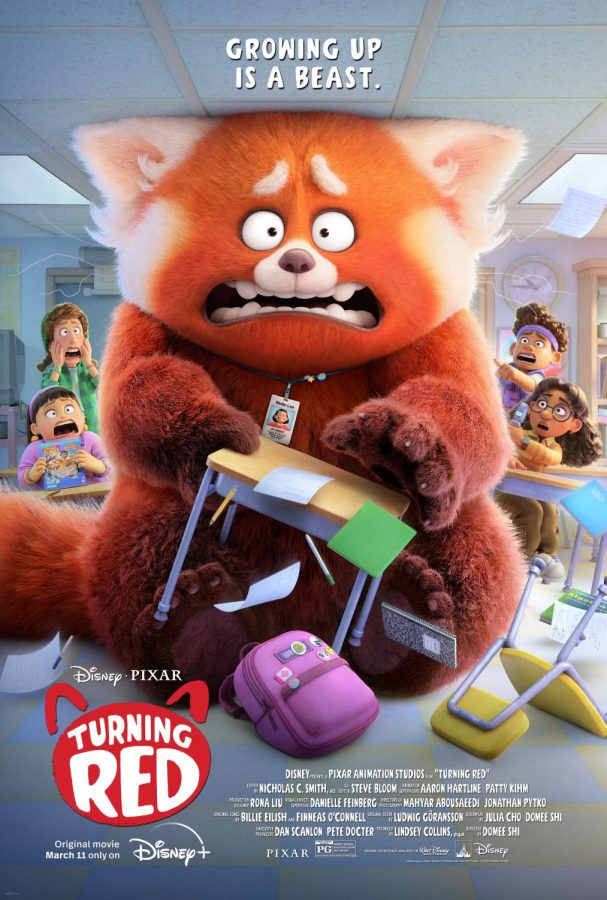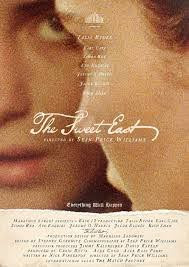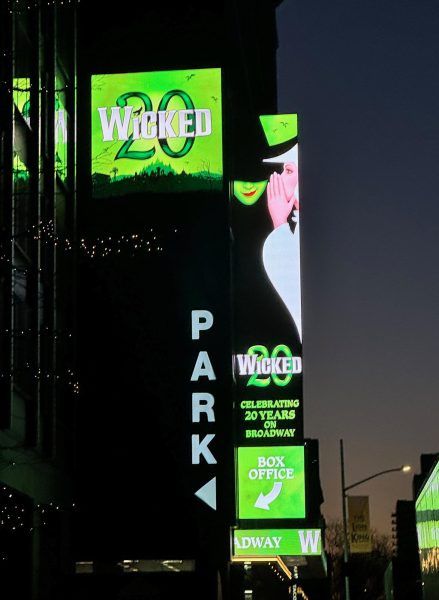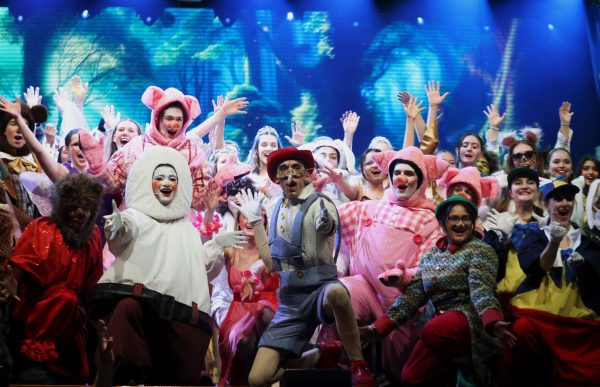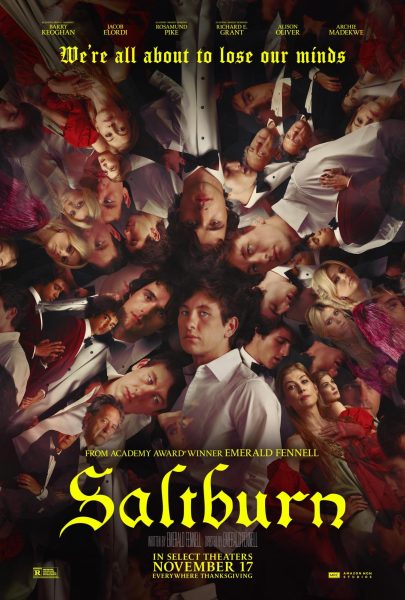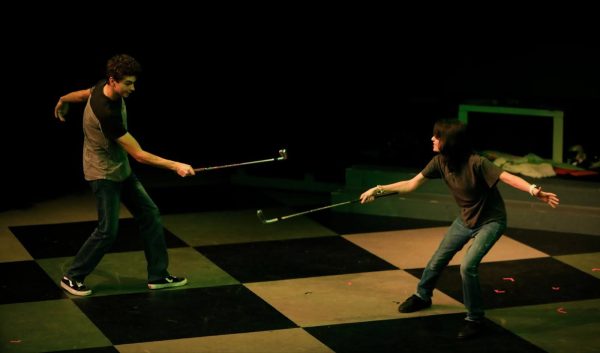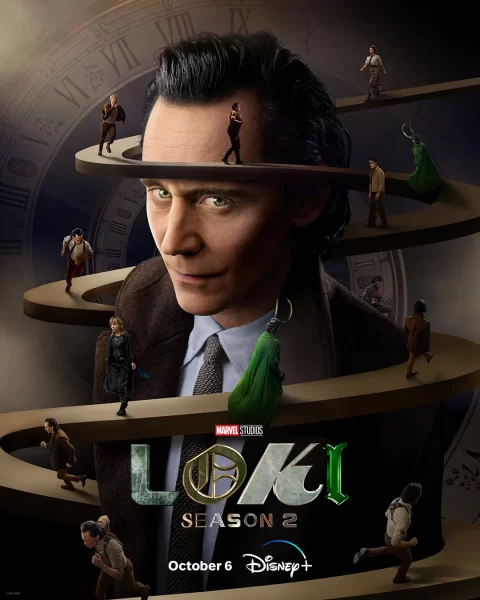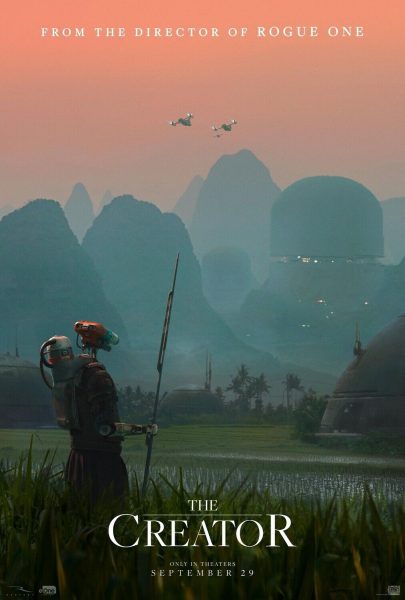Turning Red explores nuances of generational trauma, growing up
The first time I’d heard of “Turning Red” was on Twitter, actually. Foaming-at-the-mouth crowds immediately declared that it was yet another lineup featuring a main character who was not exactly the typical Disney prototype (read: not white). Decrying responses ranged from mocking its colorful, bright-eyed art style to raging at the “unrealistic depiction” of an awkward cast of middle school girls.
In line with critics’ long-lasting, deeply anticipated flurry, I was fascinated, of course. Beyond just the inexplicable controversy it stirred, “Turning Red,” as my sister had put it, was the first Disney/Pixar film we had ever seen that centered around a Chinese immigrant family. Other Disney movies, like “Mulan” and “Raya and the Last Dragon,” focused on the spiritual elements of Asian cultures; “Turning Red” was unapologetically an ode to director Domee Shi’s own childhood growing up in Toronto’s Chinatown.
Likewise, the 13-year-old main character, Meilin Lee (voiced by Rosalie Chiang), is a Chinese-Canadian girl who hails from an immigrant, shrine-owning family with generations of history in Toronto. Her life almost exists in two: one with her headstrong, fierce manager mother Ming (Sandra Oh) and another with her boy band-obsessed friends (Maitreyi Ramakrishnan, Ava Morse and Hyein Park) at school.
From the beginning, Mei announces that “ever since [she] turned 13, [she has] been doing [her] own thing, making [her] own moves 27/5, 365.” Just like Ming, with whom she shares a close relationship, Mei is steadfast in her own path, determined to earn the highest marks on her math tests and play the best ballads on her flute. Even in shrine duties, Mei is incredibly diligent and focused, a mirror image of Ming. Her family is the picture-perfect Asian diaspora family; while her well-mannered, quiet father Jin (Orion Lee) cooks up a storm of baozi, Ming and Mei gossip over the latest Chinese dramas. And as Mei notes, she actually enjoys this life immensely.
Yet, Mei hides but one thing from Ming: her love for something else, something more, something rebellious. And at the center of her teenagehood: Her and her friends’ favorite boy band, 4Town (and as Ming inquires, “Why would they be called 4Town if there are five of them?”), is coming to Toronto, and the tickets are upwards of $200. Even after Mei asks, though, Ming predictably and immediately shuts her down, as do her other friends’ mothers.
But with an extreme, absolutist, loving mother who embarrasses her immensely, including accusing a 17-year-old convenience clerk of preying on her daughter after seeing Mei’s fantasy drawings of him, Mei struggles with wanting a breath of freedom. The problem? Her ancestor, for whom she has built a lifetime around dedicating a shrine, turns out to be a guardian of red pandas, even turning into one from time to time. This mysterious trait passes down to all female members of her family until eventually, Mei wakes up an emotional, disaster-prone red panda whose mother immediately assumes that her “red lotus leaves have bloomed.”
Though Mei is at first entirely and understandably distressed by the very public havoc she has wreaked across the city, she realizes that being with her friends relaxes her and helps her control her transformation ability. And what do you know, turns out that being a fluffy, huggable red panda is actually hot in demand with other middle schoolers. Perhaps, Mei reasons with her friends, she can even earn enough to pay off 4 tickets to the coolest boy band coming to town. But as she hides her get-rich-quick scheme from her forever-disapproving mother who has already been contacted by Mei’s equally as strict and unmoving grandmother, Mei learns that the more often she releases her panda, the less likely she will be able to get rid of it.
And so begin the fundamental conflicts: Mei and her unrelenting panda self, Mei and her unrelenting mother, Mei and her growing teenagehood. Curiously, though I had originally assumed it was only meant to be for children (because of the commonly-criticized gauzy outfits and PG humor), I found “Turning Red” to be a wonderful, nuanced commentary on familial expectations instead. I cried several times watching Mei’s fights with Ming and the isolation she felt from her friends afterward.
Ming herself, as Jin later reveals, had a similarly contentious relationship with her own mother because of her red panda as well, even injuring her eye in one last big blow-out over Jin. Their similar parallel relationship with their own mothers, including their fighting the insistence to live as the paths have been laid out before them, highlighted by the playful humor in the show, concludes in one last fight: telling Ming the truth and going to the 4Town concert (which her friend Abby later realizes is on the same day as the full-moon ritual to turn Mei back), smashing through the gates as a red panda.
The crux of the plot, in which Ming transforms into a wild, raging beast, at least 50 times bigger than Mei’s own red panda, and runs after Mei in fury, concludes in Mei, her friends, her aunts and her grandmother chanting in Cantonese to perform the ancient ritual. Even 4Town tries to help, singing an admittedly very catchy tune (a fact post-credits Jin would heavily agree to) to aid with the ritual. And in the spirit world, Mei, who has previously rejected abandoning her panda through the first ritual attempt, and her mother, who has been turned back to her young, grieving, guilty teenage self, desperately try to find each other. Mei realizes that even Ming, steel and iron by all accounts, was once breakable and vulnerable, upset with familial expectations.
Despite mounds of backlash, the character design in “Turning Red” was clever and thoughtful; their guardian ancestor’s panda dressed in elegant hanfu shows up temporarily in the spirit world as well. Mei, again, goes through the ritual, but decides that the panda is an essential part of her that cannot be erased. Hence, Mei relinquishes her panda’s caging in favor of the ability to shapeshift smoothly between both sides. The finale concludes with Mei continuing shrine duty, where she throws out her real panda to dazzle tourists instead of paper props, and still maintaining a level of independence from her mother as she indulges frequently with her friends (including the addition of her frienemy).
Though the humor fell flat to me at some points, clearly designed for a much younger audience, “Turning Red” was a powerful motion of force and heart. The relationships and realistic communication problems between Mei and her loved ones were well-thought-out and adorable — Mei even makes up with her frenemy in the end, who turns out to also love 4Town. Most discussions of Chinese spirituality tend to be contrived and depictions border on orientalist. In stark contrast, Turning Red’s isn’t a particular mockery or exploitation; it is an embrace, a celebration and sometimes a nuisance. Perhaps the exotification and even Mei’s screen time depicted as an animal could be cause for another time, though. I’ve seen some contempt for its unchallenging representation of Mei being an ambitious, high-achieving student. I argue, “confirming stereotypes” is not a real problem — why should Mei be blamed for pre-existing racist tropes?
I adored Mei’s steadfast, sweet, caring relationship with such a ferocious Ming. I grew up with a similar mother (whom I called immediately after watching in tears) and felt the same pressure growing up and dealt with the same rebellion upon teenagehood. Even the intermingling of Chinese culture (Lunar New Year annual pictures, for instance) and her daily life was really cleverly portrayed. I think other Asian immigrant family TV depictions get that down better (“Minari,” most notably), but also there are so few to choose from (“Fresh Off The Boat,” “Kim’s Convenience,” “Never Have I Ever,” “The Farewell,” “Crazy Rich Asians,” “Bling Empire” — actually, upon listing, there are a lot more than I originally thought) that “Turning Red” carves its mark so distinctly.
In a way, “Turning Red” is also Shi’s love letter to Toronto: in its full glory, early 2000s Toronto is bursting at the seams with harmony, diversity and culture. It is a pastel, sticker-pasted, boy-band-obsessed city with blaring lights and skyscrapers, a mess that perfectly reflects Mei’s own. So no matter who you are, if you have an hour and forty minutes to yourself, and you’re up for it, I would heavily recommend plopping down and taking time out of your day to open Disney Plus to watch “Turning Red.” And if you don’t like it, well, you’ll at least be able to jam out to the funky tunes of 4Town.

